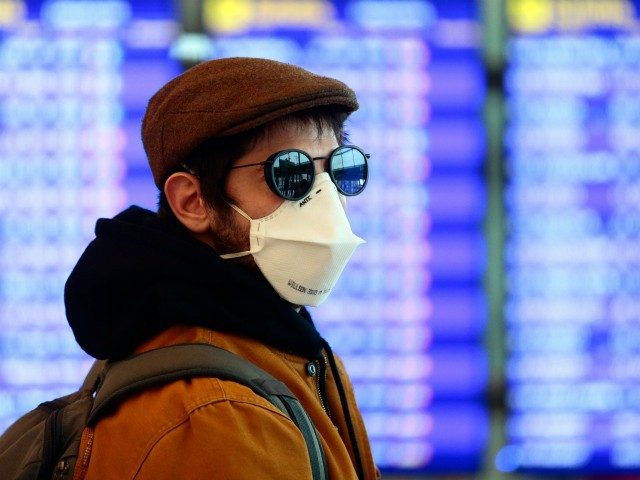A slight majority of U.S. air travelers say they are not comfortable flying in the era of the novel coronavirus, a survey conducted by Gallup and Franklin Templeton indicated.
The survey quizzed respondents who indicated that they had traveled at least once by air last year, before the global pandemic struck. A slight majority, 52 percent, indicated that they are not currently comfortable with flying. The percentage is highest among those ages 55 and older (69 percent), followed by 51 percent in the 35-54 age range. Only a third of those 18-34 indicated that they remain uncomfortable traveling by air at this time.
Per Gallup:
These results are based on more than 10,000 web-based surveys completed July 2-14 as part of the Franklin Templeton-Gallup Economics of Recovery Study. This study is conducted via Dynata’s opt-in web panel, and the sample has been adjusted statistically to ensure it represents key subgroups in their proper proportions of the U.S. adult population.
The survey found that comfort levels tend to vary depending on the length of the fight. For instance, 44 percent indicated that the would be comfortable traveling on a flight two hours or less, while 47 percent said the same of a two to three hour flight. However, the number dropped significantly once the hypothetical flight surpassed four hours. Only 27 percent said they would be comfortable on a four to six-hour flight, and just one-fifth of travelers, or 21 percent, said the same of a flight six hours or longer.
The survey comes as airlines continue to adjust to the health crisis, which has battered the airline industry. Alaska Airlines recently doubled down on its mask policy, requiring all travelers ages two and up to wear a face covering, with “no exceptions.” Those who refuse to wear a mask on the flight can face suspension from future travel. Other airlines are taking similar measures.
Alaska Airlines, along with Delta, Hawaiian Airlines, JetBlue, and Southwest, were among the few airlines to initially block out middle seats on flights to encourage social distancing. Travelers remain split on paying extra to guarantee an empty seat next to them.
“Assume you are purchasing a plane ticket for personal travel for $500. Would you be willing to pay the following extra amounts to ensure an empty seat next to you?” the survey asked.
Forty-seven percent indicated that it would be reasonable to pay a fee of $100 or less to guarantee an empty seat next to theirs. That percentage, though, declined as the hypothetical fees went up.
Per Gallup:
Importantly, offering empty seats for a fee is much less acceptable to older air travelers than younger people; 36% of those aged 55 and older say they would pay something for an empty seat, versus 64% of those aged 18 to 34. The difference suggests such offerings are less likely to be effective at encouraging older people to fly again.
Gallup noted that the airline industry, one of the industries slammed hardest by the global pandemic, received relief through the CARES Act “under the condition that passenger airlines promise to not lay off employees until Oct. 1.”
However, the future remains uncertain, as consumers continue to express uneasiness on resuming their pre-pandemic travel routines.

COMMENTS
Please let us know if you're having issues with commenting.